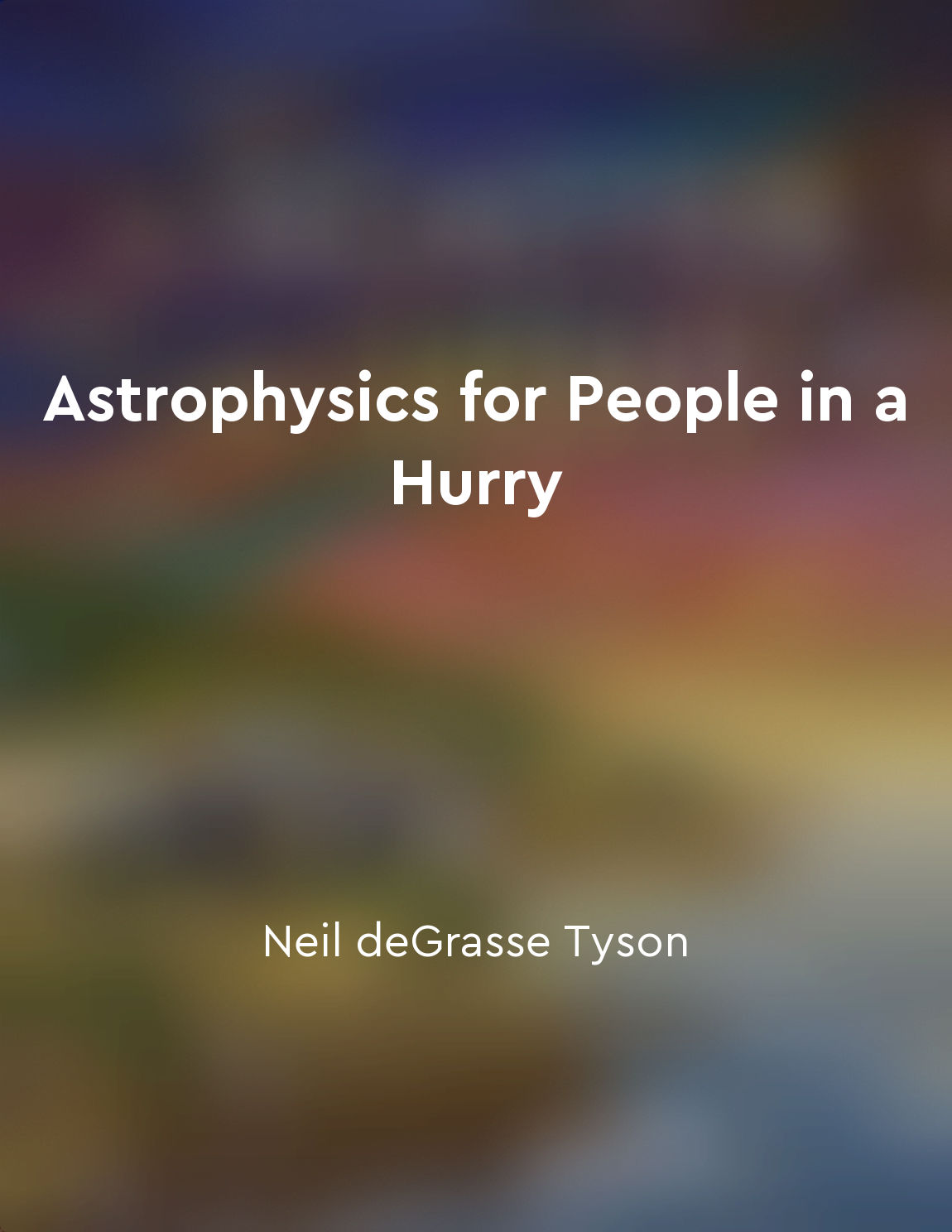The theory of quantum mechanics from "summary" of Seven Brief Lessons on Physics by Carlo Rovelli
Quantum mechanics is the theory that describes the world of atoms and elementary particles. It is a theory that has transformed our understanding of the physical world at its most fundamental level. The theory is based on the idea that the properties of particles, such as position, momentum, and energy, are described by mathematical objects called wave functions. These wave functions evolve in time according to a set of equations known as the Schrödinger equation. One of the most striking features of quantum mechanics is the principle of superposition. This principle states that a particle can exist in multiple states at the same time. For example, an electron can be in two places at once, or it can have two different energies simultaneously. This idea is in stark contrast to our everyday experience, where objects are localized in space and time. Another key aspect of quantum mechanics is the uncertainty principle, which was formulated by Werner Heisenberg in 1927. The uncertainty principle states that it is impossible to simultaneously know both the position and momentum of a particle with absolute precision. The more precisely we know one of these quantities, the less precisely we can know the other. This inherent uncertainty at the quantum level is a fundamental feature of the theory. Quantum mechanics also predicts phenomena that are completely counterintuitive from a classical point of view. For example, particles can exhibit wave-like behavior, such as interference and diffraction, even though they are localized entities. This wave-particle duality is a central feature of quantum mechanics and has been experimentally verified in countless experiments. In addition to its theoretical implications, quantum mechanics has also led to practical applications that have revolutionized technology. For instance, the principles of quantum mechanics are at the heart of technologies such as transistors, lasers, and nuclear magnetic resonance imaging. These technologies have transformed our daily lives and have opened up new frontiers in science and engineering. In summary, quantum mechanics is a theory that describes the behavior of particles at the smallest scales. It is a theory that is characterized by superposition, uncertainty, and wave-particle duality. Quantum mechanics has not only deepened our understanding of the physical world but has also had a profound impact on technology and society.Similar Posts
Energy can be transferred and transformed but never created or destroyed
The fundamental principle of energy conservation states that energy cannot be created or destroyed, only transferred or transfo...
Embrace the unknown with curiosity and openness
When we face the unknown with curiosity and openness, we are inviting new possibilities into our lives. Instead of being consum...
Quantum technologies revolutionize science and society
Quantum technologies have the potential to revolutionize both science and society. These technologies are based on the principl...
Exploration of reality
Physics is the journey into the unknown, the exploration of reality. It is an attempt to understand the world around us, to mak...
Wave function collapse occurs upon measurement
In quantum mechanics, the wave function is a mathematical description of a physical system. It contains all the information we ...
Energy transfer drives weather systems
Weather systems are driven by a fundamental force, one that shapes the world around us in ways both subtle and dramatic. This f...

Stars are born, live, and die in a cycle of creation and destruction
Stars, those glowing orbs of light that dot our night sky, are not eternal. They are born, they live, and eventually, they die....
Entropy is a measure of the disorder or randomness in a system
Entropy is a concept that plays a crucial role in understanding the behavior of systems. It is often described as a measure of ...
